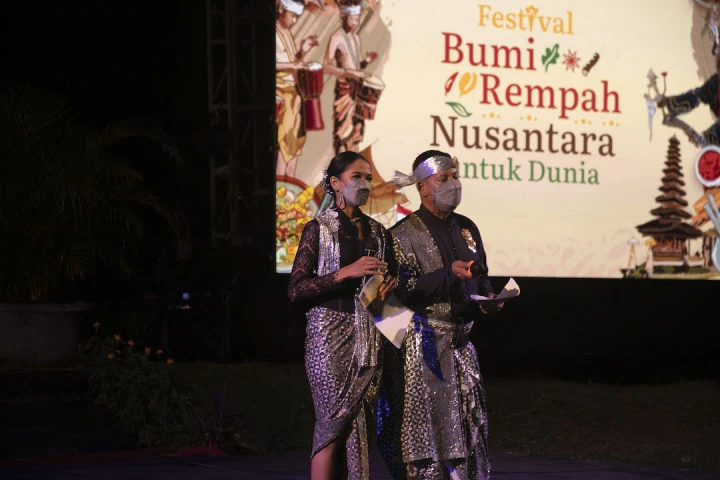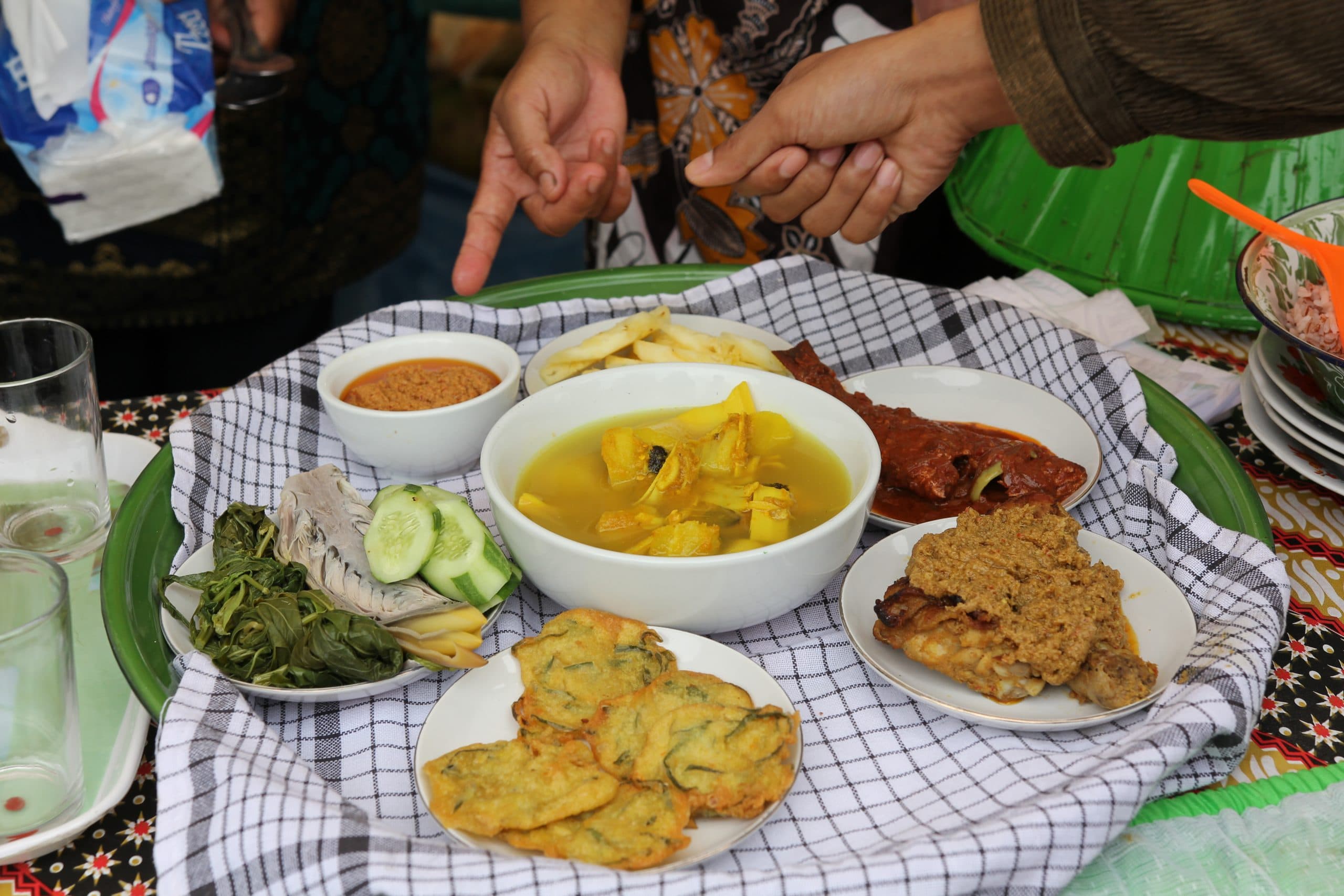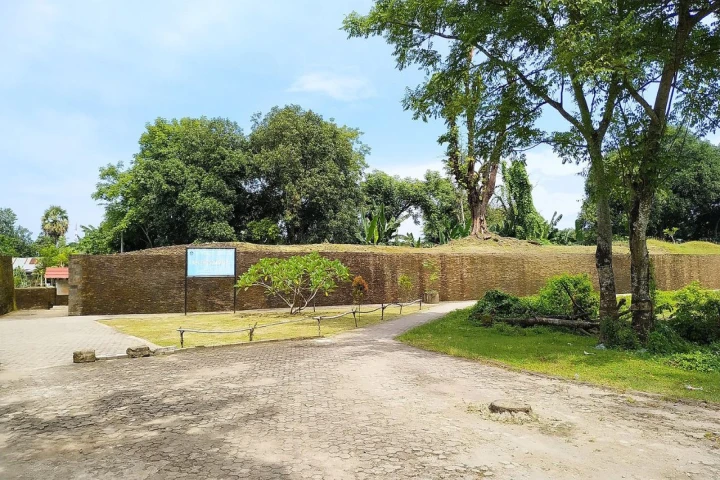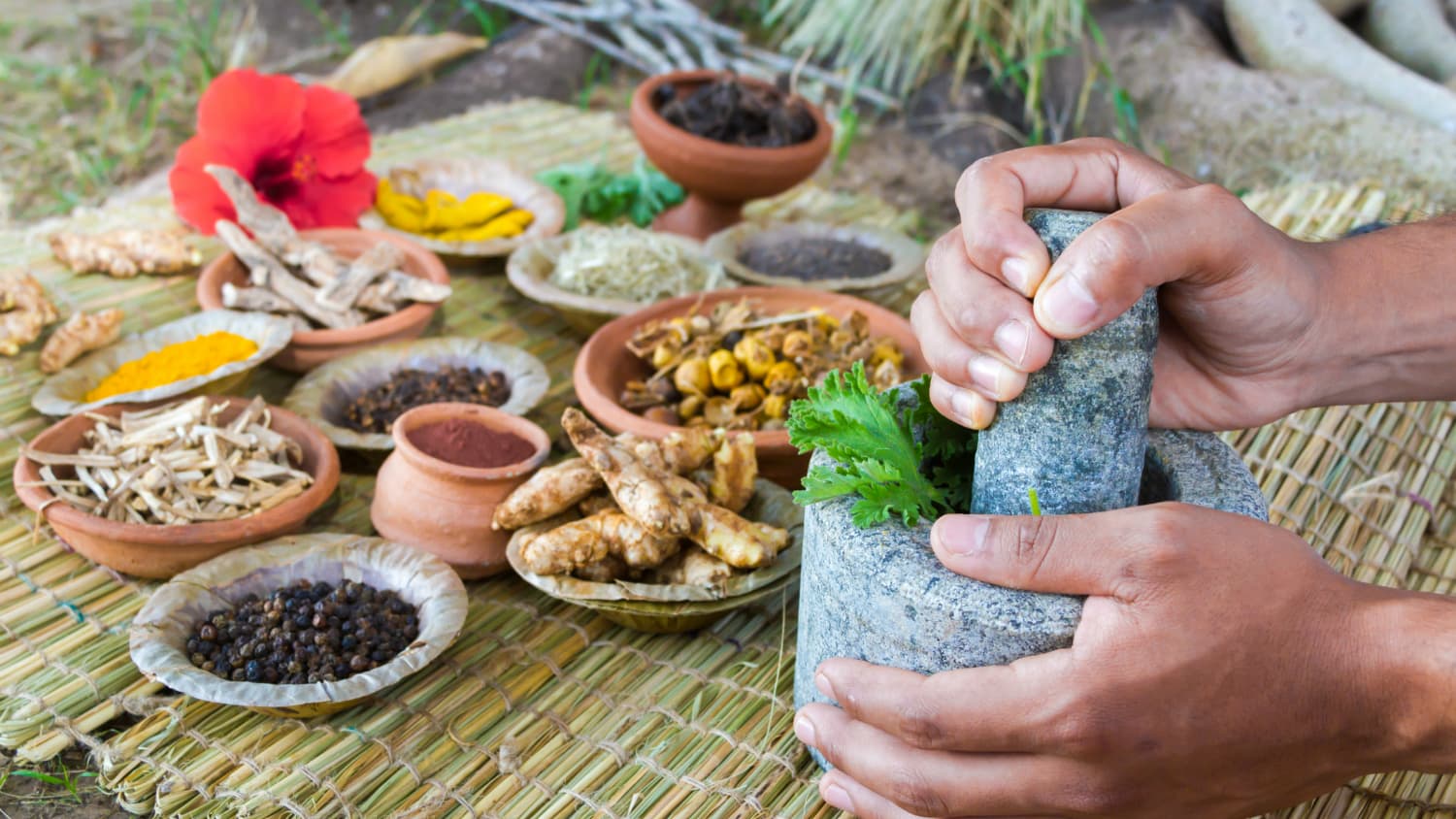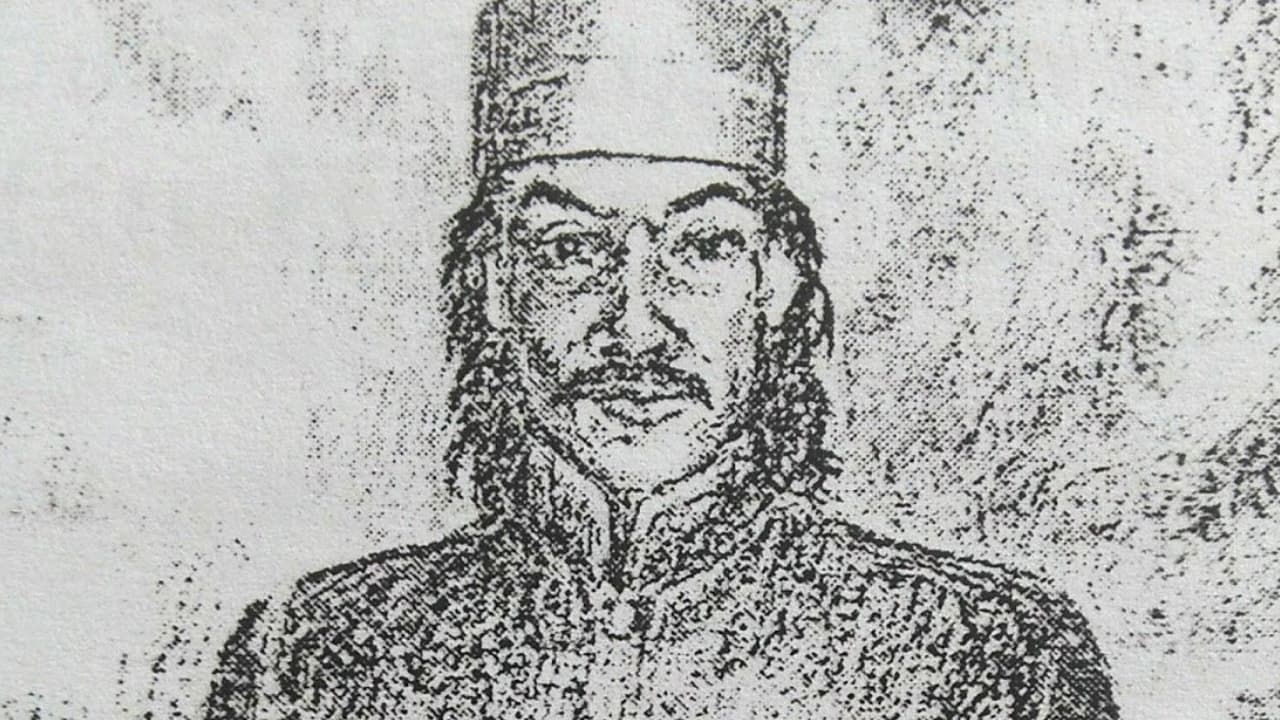
There was no other figure who was more celebrated by the Europeans from the port cities in Nusantara Spice Routes other than Karaeng Pattingalloang (1600-1654) from Makassar. He was the son of the King of Tallo VII Karaeng Matowaya (1573-1636) and Iwara (the oldest daughter of the King of Gowa XII Tunijallo (1565-1590). A young man with a thirst for knowledge whose complete name was I Mangangada’-cina I Daeng I Ba’le Karaeng Pattingalloang Sultan Mahmud Tumenanga ri Bontobiraeng.
Since he was eighteen years old, he asked the Englishmen to deliver him the latest discovery of European shipping technology (Reid, 2004). By dint of his leadership skill and wide knowledge, the young Pattingalloang was honored to hold responsibility and manage the area of Ujung Tanah in Makassar. He took the position before he became the King of Tallo.
When he was 39 years old, he was inaugurated as the king of Tallo as well as a prime minister of Gowa Sultanate, working side by side with Sultan Malikussaid (1639-1659). The figure played a significant role as a candidate to rule the twin sultanates Gowa-Tallo that it was mentioned in Gowa lontara, “aku [Sultan Malikussaid] hanya mau menjadi raja bila Tumenanga ri Bontobiraeng [Pattingalloang] mendampingi saya memerintah, dan bila dia juga memimpin semua rakyat banyak” (Wolhoff & Abdurrahim, 1956). (“I [Sultan Malikussaid] want to be a king only if Tumenanga ri Bontobiraeng [Pattingalloang] works with me in the ruling, and if he rules all the people”).
Pattingalloang was well-known among the Europeans compared to other kings during his era. In a foreign source, he was awarded an epithet the Father of Makassar. Aside from being a king who could always manage good interactions with all foreigners that came to his country, it happened mainly because of his enthusiasm for learning the European sciences, an unusual quality found around the kings of Nusantara at that time.
“The high governor of the whole kingdom . . . is called Carim Patengaloa, whom I found exceedingly wise and sensible, and apart from his bad religion, a very honest man,” wrote a Catholic missionary Alexander de Rhodes who met Pattingalloang in Makassar in 1646. “He knew all our mysteries very well, had read with curiosity all the chronicles of our European kings. He always had books of ours in hand, especially those treating with mathematics, in which he was quite well versed. Indeed he had such a passion for all branches of this science that he worked at it day . . . and night,” said Rhodes (Reid, 2000).
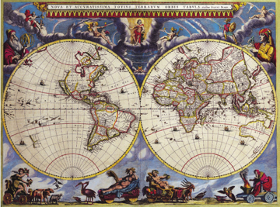
A painting of Pattingalloang in the Atlas Maior (1662-1672) by Joan Bleau (Adele J. Haft, 2013)
Pattingalloang performed a lot of things to obtain the tools of knowledge, in which he sent 11 bahar of sandalwoods worth 660 real in 1664 to Batavia to be forwarded to the Netherland as a means of payment. The tools of knowledge were two globes (circumference: 157-160 inches), a great world map in which the information was written in Spanish, Portuguese, and Latin, a world atlas, two best quality telescopes with light metal tube, twelve triangular prisms, thirty until forty small steel sticks, and a copper or steel ball (Lombard, 2005).
Four years later (1648), the globe he ordered from Netherland arrived in Makassar, while the giant globe made by Joan Bleau arrived in early 1651. With this, Pattingalloang increasingly captured the attention of European scientists that his face was painted in the Atlas Maioa by Bleau on the top right, side by side with the painting of the creator on the top left.
The Dutch greatest poet in the century Joost van den Vondel wrote several verses that were particularly sent to Pattingalloang, accompanying the arrival of a wonderful giant globe.
Here are the verses created by Joost van den Vondel:
| Dien Aardkloot zend’t Oostindische huis
Den grooten Pantagoule t‘huis, Wiens aldoorsnuffelende brein, Een gansche wereld valt te klein, Men wensche dat zijn scepter wass’, Bereyke d’eene en d’andere as, En eer het slyten van de tyd Dit koper dan ons vriendschap slyt (Lombard, 2005) |
The Globe, the one East Indian Company
Sent to the Great Pattingalloang palace Which mind wandering everywhere Taking the whole world in as too small a place We wish his scepter ever extending To reach the one pole and another For the passage of time decomposing only The copper, not our friendship. |
Pattingalloang’s fame impressed the travelers. A Spanish pastor Domingo Fernandes de Navarette who stayed in Makassar in the middle of 1657-1658, fascinated by Pattingalloang’s great library collection, equipped with wonderful clock chimes.
More than a half-century later, a Dutch missionary Francois Valentijn arrived in Makassar and took part in giving testimony for the impressive Makassar figure. He stated that Pattingalloang mastered various languages, including Latin. He was also the main ruler in all affairs of Makassar. It affected the good relationship between Makassar and Netherland during his reign, accompanying the sultan of Gowa in 1639-1659, Malikussaid (Valentijn, 1726).
Paying a closer look at the general condition of Nusantara during that time, what Pattingalloang did was a great achievement. One of his keys to access the science sources of the West was his ability to speak foreign languages. Similar to his father Karaeng Matowaya (the king of Tallo and the prime minister (mangkubumi) of Gowa), he was very fluent in Portuguese. If somebody heard him speaking Portuguese without taking a look, he/she would think Pattingalloang was from Lisbon.
Through his fluency in Portuguese, he corresponded with the Portuguese in Malacca and Macao. His language skill was passed to his son, Karaeng Krunrung, who accompanied Sultan Hasanuddin (1659-1669).
The Father of Makassar was also celebrated for his advice on life as a nation. He considered five causes of the collapse of great countries: (1) when the king won’t take any advice, (2) when there are no intellectuals in the country, (3) when there are too many problems within a country, (4) a lot of corrupt judges and officials in the country, and (5) when the king has no compassion for the people (Mappangara, 2004). He formulated this by dint of his father’s advice Karaeng Matowaya, mamallokko ri tumalambusuk, meaning “be afraid of the truthful persons”. (Mangemba, 2002).
________
Written by Dr. Abd. Rahman Hamid M.Si is a Researcher and a Teaching Staff at the History Department of Universitas Hasanuddin.
Editor: Doni Ahmadi
Translator: Dhiani Probhosiwi



